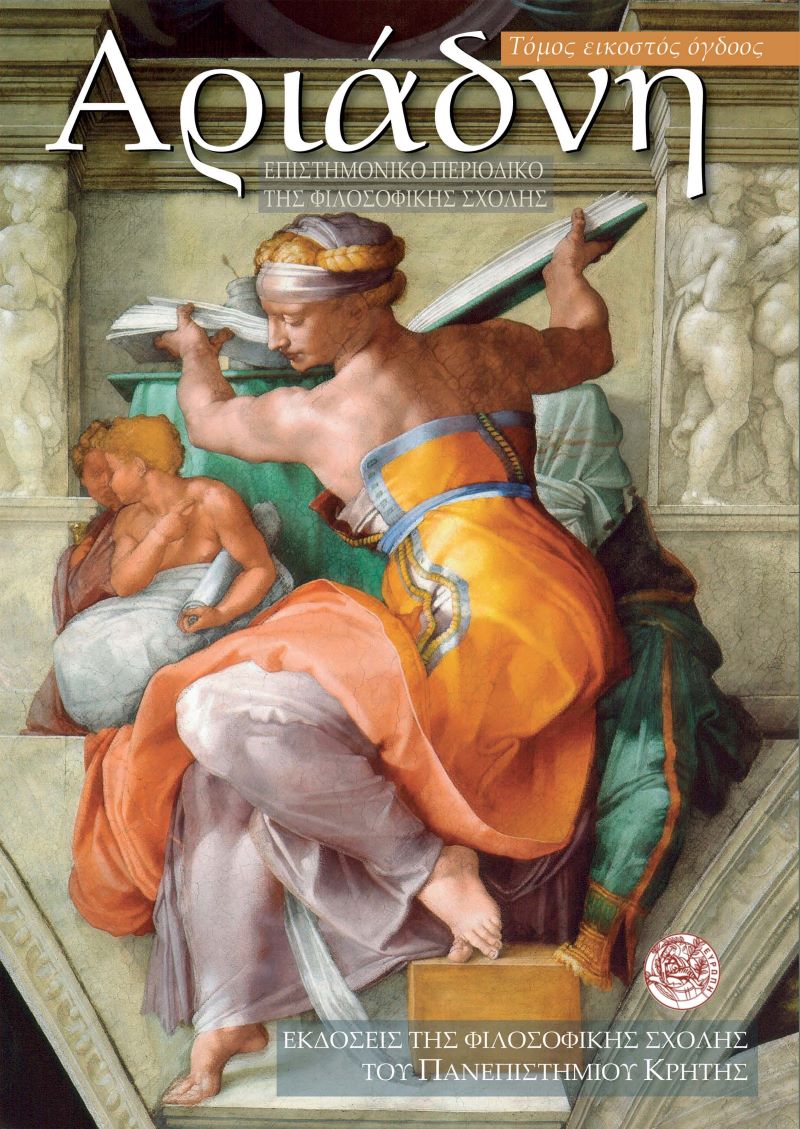Η αναφορά του Ιωσήφ Βρυέννιου για τον πληθυσμό της Κωνσταντινούπολης του 15ου αιώνα
DOI:
https://doi.org/10.26248/ariadne.v28i.1670Περίληψη
In his public speech On the Rebuilding of the City, composed between 1415 and 1421, the monk and scholar Joseph Bryennios includes a reference to the population size of Constantinople, which he sets to seventy thousand. This figure is higher as compared to other contemporary reports on this subject (such as those of Leonard of Chios, Kritoboulos, Andrea di Arnoldo, Tetaldi, the anonymous Report on the Greek Lands and Churches of 1437) or to the conclusions of indirect approaches to the subject, that produce figures varying from 25,000 to 60,000. The factual accuracy of Bryennios’s figure is tempered by the fact of his use of a multiple of the symbolic number seven. The use of multiples of seven was a commonplace of Byzantine writers of a religious background in the cases they reported numerical figures, such as casualties, numbers of war captives etc. Even though inaccurate and higher as compared to other testimonies, Bryennios’s figure is realistic in the sense that it conforms to a reality in which the population of Byzantine Constantinople was then counted in the tens of thousands, instead of the hundreds of thousands it did in better times in the past.
Λήψεις
Δημοσίευση
Πώς να δημιουργήσετε Αναφορές
Τεύχος
Ενότητα
Άδεια
Οι εργασίες που δημοσιεύονται στο περιοδικό μπορούν να χρησιμοποιηθούν ελεύθερα για μη-εμπορικούς σκοπούς με την προϋπόθεση ότι γίνεται αναφορά στους συγγραφείς και την πρώτη δημοσίευση. Στην περίπτωση που το άρθρο αλλοιωθεί, τροποποιηθεί ή δημιουργηθεί κάτι νέο βασισμένο στο αρχικό, το έργο που θα προκύψει θα μπορεί να διανεμηθεί μόνο με την ίδια ή παρόμοια άδεια (Creative Commons Attribution-NonCommercial-ShareAlike 4.0 International License).


